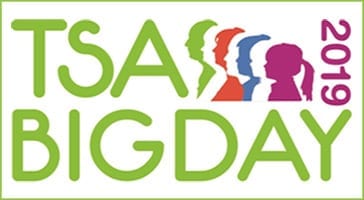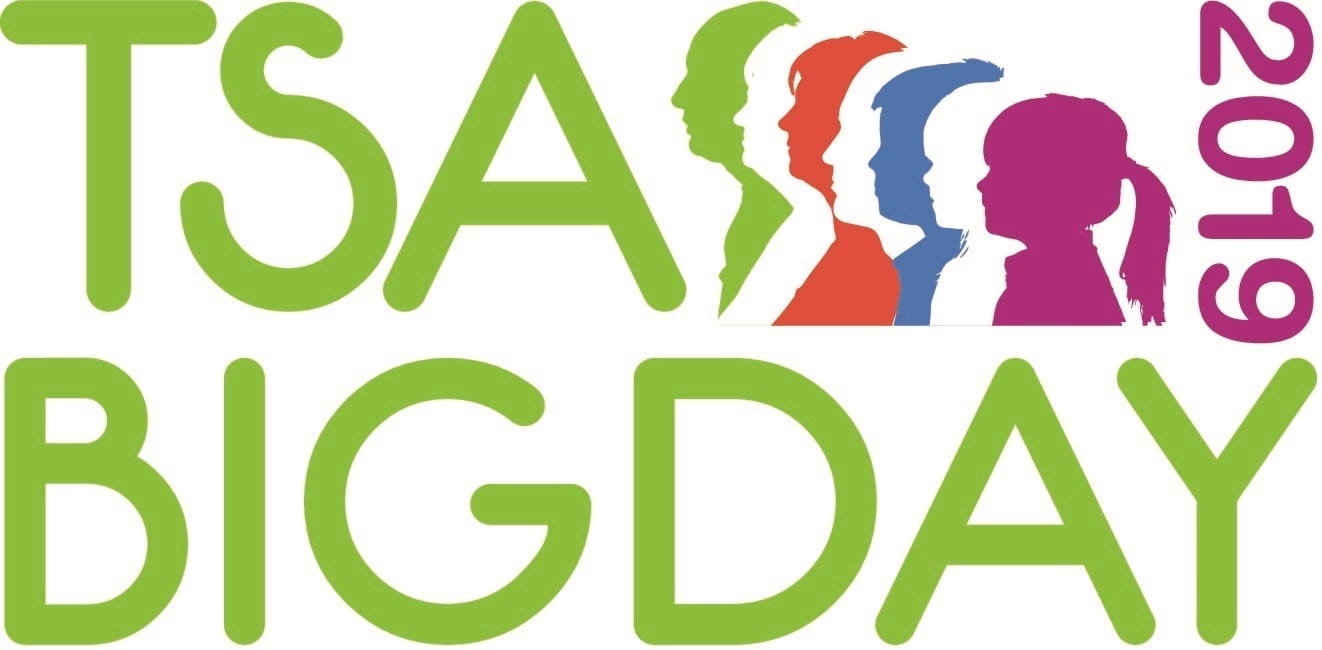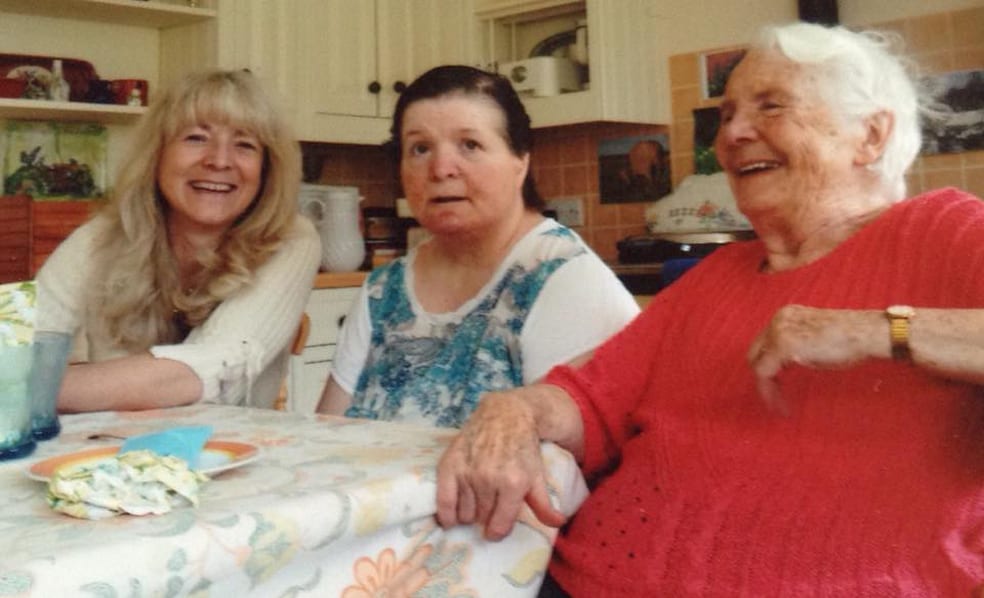Tantrums, harm, and abuse are just some of the actions that fall under the category of “behaviours that can be challenging.” This is a common obstacle in the lives of people with TSC.
What are ‘behaviours that can be challenging’?
A behaviour is deemed challenging if it places the individual at risk of physical or emotional harm. Such behaviours might encompass acts of aggression towards others, self-harm, or destructive actions like breaking or throwing objects. While people with learning difficulties or disabilities tend to display these challenging behaviours more frequently, it’s essential to note that anyone can exhibit them. In the context of TSC, these challenging behaviours are classified under TSC-Associated Neuropsychiatric Disorders (TAND).
Why do behaviours that can be challenging manifest?
There can be various triggers. It could be a response to a stressful environment, such as an overly noisy room. Alternatively, it might be an attempt to communicate a need, like hunger or thirst. In some cases, it serves as an outlet for pent-up frustrations or intense emotions. This is especially true for individuals who cannot speak.
Consider the challenges faced by someone who can’t verbally express their needs or desires. In such situations, the emergence of challenging behaviours becomes more comprehensible.
How can I predict behaviours that can be challenging?
To anticipate these behaviours, it’s helpful to maintain a record of each occurrence. Details to note include the location of the incident, events leading up to it, subsequent reactions, and a description of the behaviour itself.
A useful tool is the Antecedent (meaning ‘before’), Behaviour and Consequences (ABC) chart.

How can I reduce behaviours that can be challenging?
Most individuals possess an ‘early warning system’ that signals the onset of challenging behaviour. Initially, these signs might be subtle and challenging to recognize. However, tools like an ABC chart can aid in detection. The warning signs could manifest as repetitive actions, specific noises, or muscle tensing. Recognizing these early indicators allows you to preemptively manage and potentially defuse a challenging behaviour before it escalates.
How can I support someone during the behaviour?
Your demeanor plays a crucial role. Strive to remain composed, even if you’re internally perturbed. A gentle smile and a calm, clear voice can encourage the individual to mirror your behaviour. Refrain from bombarding them with questions and be prepared to offer them space if it seems beneficial. If the situation escalates to a potentially dangerous level, don’t hesitate to call the 111 or 999 emergency services. Remember, managing these behaviours is challenging, so be compassionate towards yourself.
How can I support the person after the behaviour?
Post-incident, the atmosphere can be tense and emotionally charged for everyone involved. Transitioning to a different environment or engaging in a distinct activity like taking a walk can be therapeutic and help reset the mood. Once calmness is restored, it might be worthwhile to reflect on the incident to better prepare for future occurrences.
Additional Resources
We recently collaborated with the Bath TSC clinic for a virtual event dedicated to addressing ‘behaviours that can be challenging’. Interested individuals can access a full replay of this event on the TSA Video Hub or on our Facebook page. For more information or a supportive conversation, please reach out to the TSA Support Line. It’s a free resource for those seeking guidance or simply a listening ear. Contact details: 0808 801 0700 / support@tuberous-sclerosis.org / webchat.


































































































































